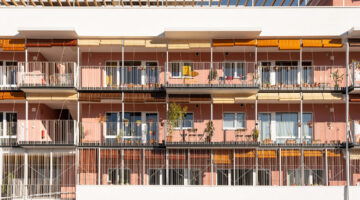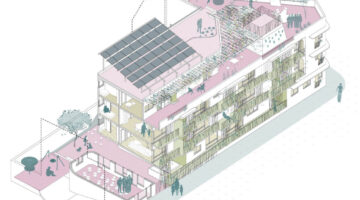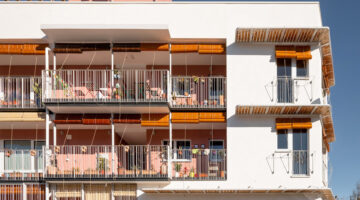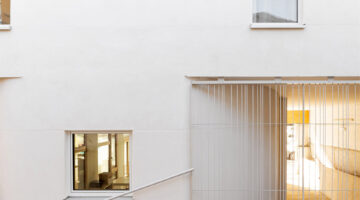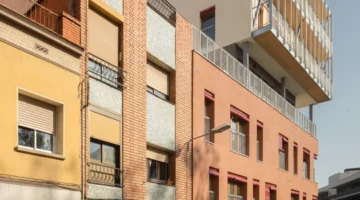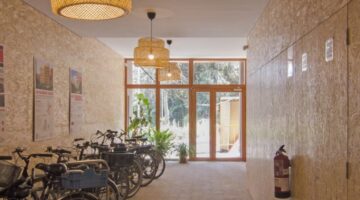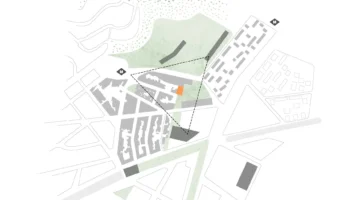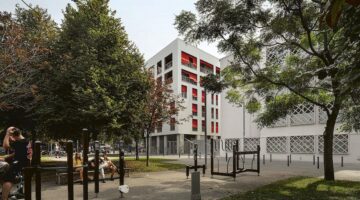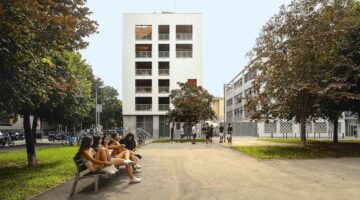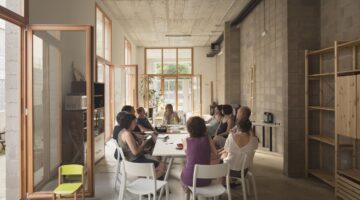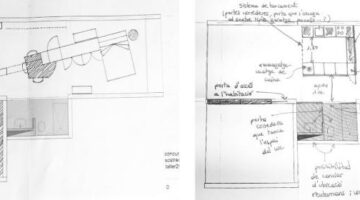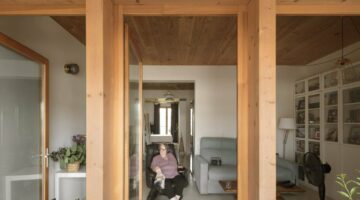Metropolitan Housing Observatory, Barcelona (O-HB)
Main objectives of the project
The Metropolitan Housing Observatory of Barcelona (O-HB) is a supra-municipal entity dedicated to researching and analyzing housing-related data with the aim of supporting the design and evaluation of public policies in this area. It emerged in 2017 as a collaboration between the Barcelona City Council, the Metropolitan Area of Barcelona (AMB), the Barcelona Provincial Council and the Generalitat de Catalunya, with the support of the Association of Social Housing Managers (GHS).
Date
- 2017: Implementation
Stakeholders
- Barcelona City Council
- AMB (Metropolitan Government)
- Diputació de Barcelona
- Generalitat de Catalunya
Location
City:
Country/Region: Barcelona, Spain
Description
Barcelona is experiencing an unprecedented housing crisis. Rents have skyrocketed and housing prices are unaffordable for the majority of the population. Despite this, housing data were fragmented among different administrations, were not transparent and unclear. For this reason, the City Council promoted a metropolitan observatory that could systematize the data to provide clear information on how to act in the face of the crisis. To this end, the Generalitat (the national government), the Diputació provincial (the region), the metropolitan government and the City Council, as well as civil society, with the Association of Social Housing Managers, came to an agreement. Together they made possible the Metropolitan Housing Observatory (O-HB).
Thus, the Observatory gives an open data system since its creation. The data is structured in six chapters: housing stock; construction and rehabilitation; socio-demographic and socio-economic aspects; housing and land market; problems of permanence, access and maintenance; and public policies. From these open data, all the administrations share their information and citizens, researchers and social agents can also have an impact on them.
In addition, the observatory carries out its own studies and annual reports on the state of housing. In fact, when a regulation of rental prices was made, the Observatory was in charge of evaluating it from different methodologies. As a democratic instrument at the service of housing, it also organizes debates and lectures with specialists on a regular basis.
In short, the Observatory acts as a scientific tool at the service of citizens, researchers and administrations. For the first time, it systematizes data on the current housing crisis, debates the main policies and evaluates the programs that affect affordable housing. An open laboratory and a critical space to guide the future of a Barcelona where its inhabitants can live.


